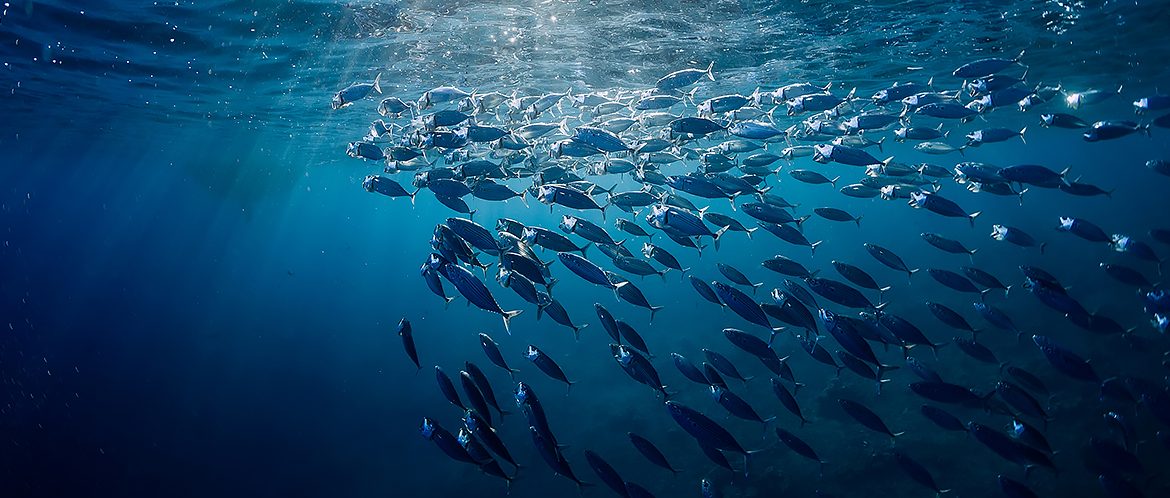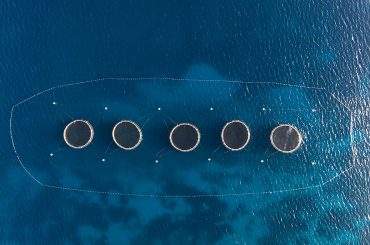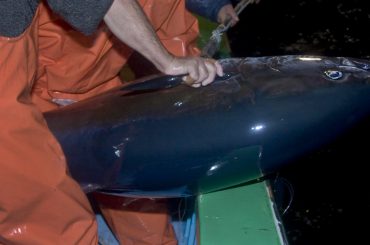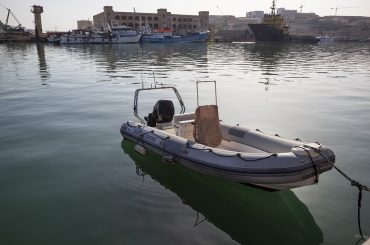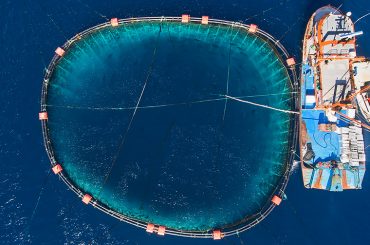Key Findings:
- Diver alleges that significant number of large tuna die during live capturing operations and are discarded to avoid having them reduced from quota.
- A proportion of so-called observers deployed by international body not producing reliable catch documents, and videos of tuna transfers not being well checked
- Fifteen years of conservation measures have led to tuna fattening farms to consolidate their dominance of the tuna fishery
- "The tuna fishery governance system is still very much controlled by, and aligned to support, the tuna ranching industry..." Fisheries junior minister Alicia Bugeja Said, writing in scientific paper in 2020
- France and Italy have banned transfer of tuna quota from traditional longline fishermen to tuna fattening industry – Malta has not
- Many Birzebbuga residents, NGOs, and local council calling for closure of plant where fish feed and tuna offal is kept due to "unbearable" stench – the plant is build on land granted by the government
A scuba diver who works in the tuna fishing industry has spoken of tuna weighing hundreds of kilograms that die during capture, and are allegedly discarded without being logged in the catch document, as specified in rules. The story has been published on IRPIMedia, the Italian investigative journalism platform.
In the rules set by the International Commission for the Conservation of the Atlantic Tuna (ICCAT), the international body responsible for protecting tuna from overfishing, dead tuna found in purse seine nets have to be deducted from the catch quota of the country to which the vessel belongs. The rules came into force last year.
Dead tuna is virtually worthless for the tuna fattening industry, which takes live tuna caught in the large purse seine nets. The live tuna is transferred to carrier cages and towed to the fattening farms where, after several months of being fed oily fish such as mackerel, it is slaughtered and exported to Japan. The main point of fattening is to increase the fat-to-meat ratio that is considered optimal for sushi and sashimi.

The job of the divers, who dive into the huge nets, is to check that the tuna rounded up is larger than the threshold established by ICCAT, and eventually to direct the tuna as they are transferred into the carrier cage that are then towed to farms.
The diver who spoke to IRPIMedia, who remained anoymous as he still works in the industry, has alleged that the number of dead tuna he has been been seeing in the nets is greater than what is recorded. He described instances in which dead tuna were let go or discarded underwater before the net was hauled aboard where ICCAT's observer would be present. The role of the observers employed by ICCAT is to record all tuna caught, including those that die during the capture operation, in the catch document known as EBCD. Dead tuna is deducted from the quota.

Despite its massive size, tuna is a sensitive fish, susceptible to injury or death during capture as well as towing – the towing boats from fishing grounds to fattening farms move at very low speeds.
A substantial proportion of those boats make their way to Malta, which has the largest fattening capacity in the world. Malta’s farms, which are owned by just four companies, were this year allocated almost a third of all tuna caught in the EU.
A single tuna fetches many thousands of euros upon slaughter and sale to Japanese wholesalers. Malta’s tuna fattening industry is now worth over 150 million euros annually.
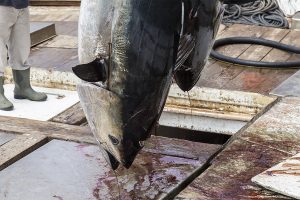
In its investigation, IRPIMedia also talked to an observer as well as a marine scientist who used to work for ICCAT. Aside from logging records as the tuna moves from capture to farm, the observers also collect footage of the tuna being transferred from purse seine nets to towing cages and then eventually to farm cages.
Yet sources have been casting doubts on some of the catch documents and the videos.
The WWF’s tuna expert Alessandro Buzzi told this website last Summer: “The industry is very hard to monitor, it’s a complex set of rules and activity. There have been issues with regional observers, especially in the quality and reliability of the reports.”
ICCAT sources have also told this website that footage of transfers of tuna between purse seine nets and towing cage is not being properly checked by ICCAT. The same sources also said that some of the observers are unreliable.
Tuna fattening industry consolidates its hold
ICCAT's annual conference last week announced a new strategy for "long-term sustainable and profitable fisheries" in the tuna fishery.
The new strategy signifies an evolution from the recovery phase launched 15 years ago, when the bluefin tuna was overfished to near-extinction. The tuna population has since recovered.
Yet the 15-year recovery phase has also led to the consolidation of the industrialisation of tuna fishing in the Mediterranean Sea. In Malta, the more traditional tuna longline fishermen, who catch tuna with hooks, now tend to transfer their individual quotas to the tuna fattening farms in return for payment. This has led the tuna farms to consolidate their dominance in the tuna fishery.
Alicia Said, who has been the junior minister responsible for fisheries and aquaculture since last April, wrote about this process in a paper in 2020 published in the journal Sustainability Science. She wrote: "Caught exclusively by artisanal long-liners for decades, bluefin tuna has played an important role in sustaining the local fishing communities. However, with the advent of the tuna recovery plan in 2009, many artisanal fishers were pushed out to make space for the industrial tuna ranching operators, enabled by privatisation policies introduced by the Government."
Bugeja Said then explained that the increase in tuna catch quota in 2018 brought positive changes because 52 longline fishermen got allocated a quota to fish for tuna.
"However," she added in her paper, "the tuna fishery governance system is still very much controlled by, and aligned to support, the tuna ranching industry, which holds control over the largest chunk of the tuna exports and the millions of Euros profits therein (see. NSO, 2015) and it is unlikely that the existing inequalities in the distribution of tuna-generated wealth will be reversed under current measures."
A longline fisherman told this website that he would have preferred to utilise his quota, but the risk of fishing with longline is high due to dense traffic of boats involved in purse seine tuna fishery. Longlines are floating fishing lines many kilometres long, and these can be damaged or dragged astray by passing vessels, particularly if the boat has a tuna carrier cage in tow. So the fisherman, like others who fish beyond the 25-mile Maltese fishery conservation zone, this year transferred his quota to a purse seiner (which catches live tuna for farms) for €10 per kilo even though he could have made more money if he utilised his quota.

Italy and France have now banned the practice of longline tuna fishers transferring or leasing their catch quota to the purse seine fishery, which catches live tuna for the tuna fattening farms.
Malta has not banned such practice despite Bugeja Said's critical papers about the transferable quota in scientific papers she published in the years prior to becoming junior minister.
Two companies that own tuna fattening farms donated more than a third of Bugeja Said's donations for the general election of last March. Bugeja Said also has a surgery (constituency) office in Marsaxlokk situated in the house of a family of longline fishermen. The junior minister did not answer this website's questions last summer on whether she is paying rent for the Marsaxlokk office.

The diver who spoke to IRPIMedia said he feels angered when diving into the nets and seeing dead tuna hundreds of kilograms in weight discarded at sea while small-scale fishermen who catch tuna with hooks and bait are heavily policed. It is illegal for such fishermen to even keep tuna they catch accidentally.
Alessandro Buzzi, the WWF's expert on bluefin tuna, told this website that the EU should move away from tuna fattening industry and instead expand the internal EU market for tuna trading and consumption. The internal market would mostly be sourced from longline fishing.
"Tuna farming is an activity that is difficult to describe as sustainable," Buzzi told this website. "The internal market for eating tuna caught from wild would be beneficial both in terms of sustainability and controlling illegal fishing."
The tuna fattening industry in Malta is currently embroiled in a controversy over a plant where fish fed to tuna is stored, and where the offal from slaughtered tuna is being processed into secondary products. The plant at Hal Far is on land granted to the company by the government, and residents of Birzebbuga, together with the Local Council and two NGOs, one of which is Moviment Graffitti, have been calling for the closure of the plant over what they describe as an unbearable stench.
Featured Image: A shoal of wild tuna (Image Credit: Artifirsov - stock.adobe.com)
Donate to Tuna Investigations
This website has published several investigations into the tuna industry in the past year. These take time, effort, and much resources. Contribute as little as €5 to sustain this website's investigative reportage into the tuna industry and other environmental issues.

